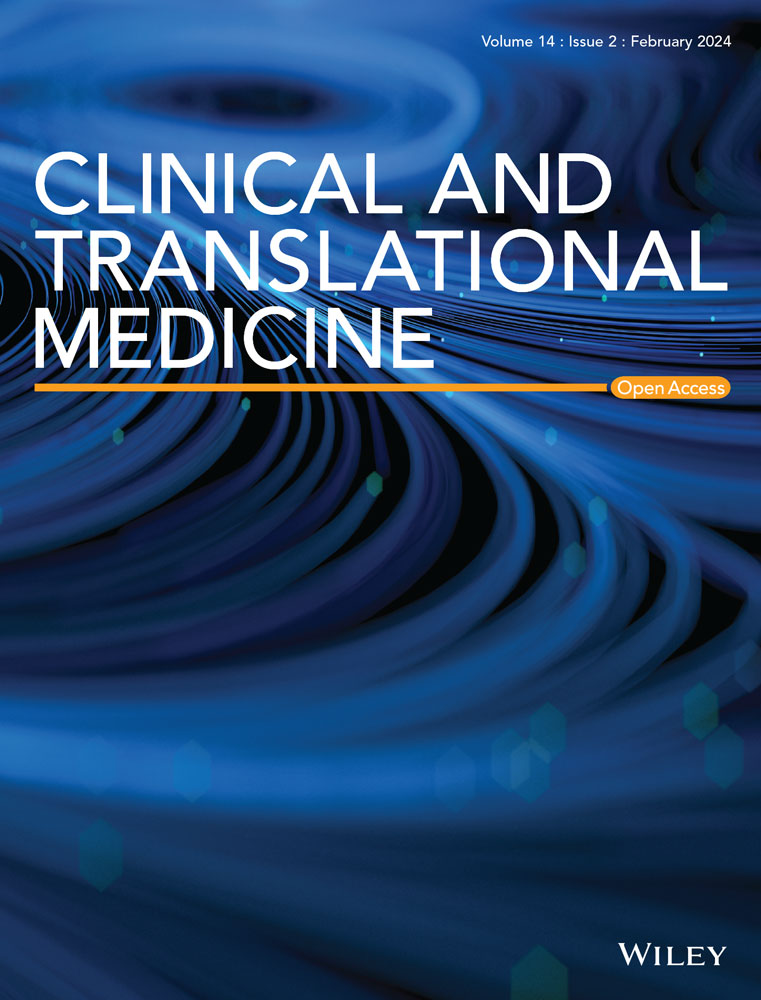Complex interrelationships between the microbiota and cancer have been identified by several studies. However, despite delineating microbial composition in non-small cell lung cancer (NSCLC), key pathogenic microbiota and their underlying mechanisms remain unclear.
We performed 16S rRNA V3–V4 amplicon and transcriptome sequencing on cancerous and adjacent normal tissue samples from 30 patients with NSCLC, from which clinical characteristics and prognosis outcomes were collected. We used 16S rRNA sequencing to dissect microbial composition and perform prognosis correlations, and in conjunction with transcriptome sequencing, we determined potential mechanisms underpinning significant microbiota actions.
In comparing different sample types, we identified more pronounced beta diversity disparity between NSCLC, lung squamous cell carcinoma (LUSC) and corresponding paired normal tissues. Concurrently, LUSC and lung adenocarcinoma exhibited distinct microbial composition traits at genus levels. Subsequently, four phyla, five classes, nine orders, 17 families and 36 genera were filtered out and were related to prognosis outcomes. Intriguingly, a protective microbial cluster was identified encompassing nine genera associated with delayed disease recurrence, with functional analyses suggested that these microbiota predominantly exerted metabolism-related functions. Additionally, a harmful microbial cluster (HMC) was identified, including three genera. In this HMC and subsequent prognosis model analyses, harmful intratumoural microbiota were potentially implicated in infection, inflammation and immune regulation. Crucially, we identified a microbial genus, Peptococcus, which was as an independent, detrimental NSCLC prognostic factor and potentially impacted prognosis outcomes via tumour necrosis factor (TNF) signalling.
We identified a substantial connection between intratumoural microbiota and NSCLC prognosis outcomes. Protective microbiota primarily exerted metabolic functions, whereas harmful microbiota were mainly implicated in infection, inflammation and immune modulation. Furthermore, Peptococcus may be significant in adverse NSCLC prognoses and serve as a potential biomarker for patient management and cancer screening.



